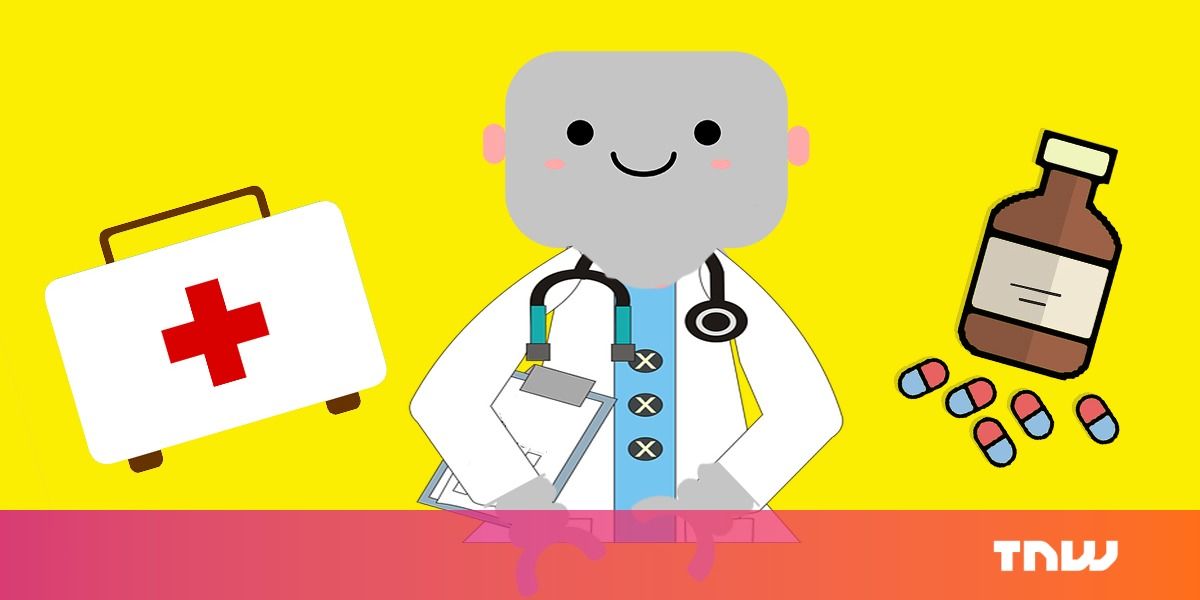Nature article presents an AI developed by Google’s Medical Brain team which outperforms hospitals’ own warning system in predicting the death risk among hospit…al patients.
Google’s Medical Brain team is now training its AI to predict the death risk among hospital patients — and its early results show it has slightly higher accuracy than a hospital’s own warning system.
Bloomberg describes the healthcare potential of the Medical Brain’s findings, including its ability to use previously unusable information in order to reach its predictions. The AI, once fed this data, made predictions about the likelihood of death, discharge, and readmission.
In a paper published in Nature in May, from Google’s team, it says of its predictive algorithm:









